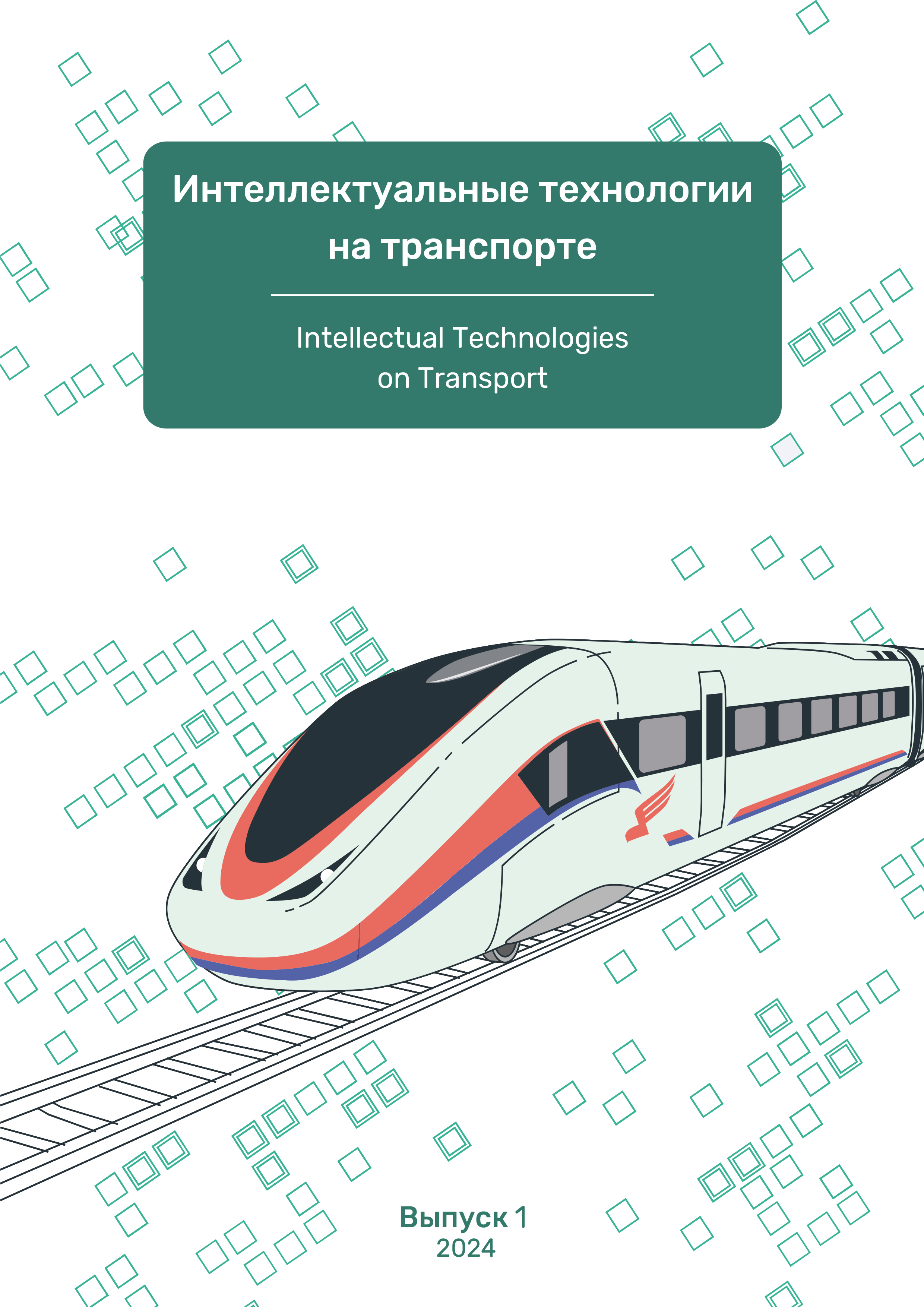Russian Federation
This article focuses on fire research, disaster and hazard forecasting, risk and vulnerability assessment, early detection of disasters, early warning systems, disaster monitoring, damage assessment and post-disaster response, and case studies.
machine learning, deep learning, vector machine, clustering algorithm, local optimization algorithms, local optimization algorithms, stochastic algorithms
1. Sun, W. Applications of Artificial Intelligence for Disaster Management / W. Sun, P. Bocchini, B.D. Davison // Natural Hazards. 2020. Vol. 103, Is. 3. Pp. 2631–2689. DOI: 10.1007/ s11069–020–04124–3.
2. Drakaki, M. Investigating the Impact of Site Management on Distress in Refugee Sites Using Fuzzy Cognitive Maps / M. Drakaki, P. Tzionas // International Journal of Disaster Risk Reduction. 2021. Vol. 60. Art. No. 102282. 15 p. DOI:https://doi.org/10.1016/j.ijdrr.2021.102282.
3. Drakaki, M. An Intelligent Multi-Agent Based Decision Support System for Refugee Settlement Siting / M. Drakaki, H.G. Gören, P. Tzionas // International Journal of Disaster Risk Reduction. 2018. Vol. 31. Pp. 576–588. DOI:https://doi.org/10.1016/j. ijdrr.2018.06.013.
4. Voropay, N. I. Integrirovannye intellektual'nye energeticheskie sistemy / N. I. Voropay, V. A. Stennikov // Izvestiya Rossiyskoy akademii nauk. Energetika. 2014. № 1. C. 64–73.
5. Galushkin, A. I. Neyronnye seti: osnovy teorii. — Moskva: Goryachaya liniya — Telekom, 2012. — 496 s.
6. Gafarov, F. M. Iskusstvennye neyronnye seti i ih prilozheniya: Uchebnoe posobie / F. M. Gafarov, A. F. Galimyanov. — Kazan': Izd-vo Kazanskogo un-ta, 2018. — 121 s.










